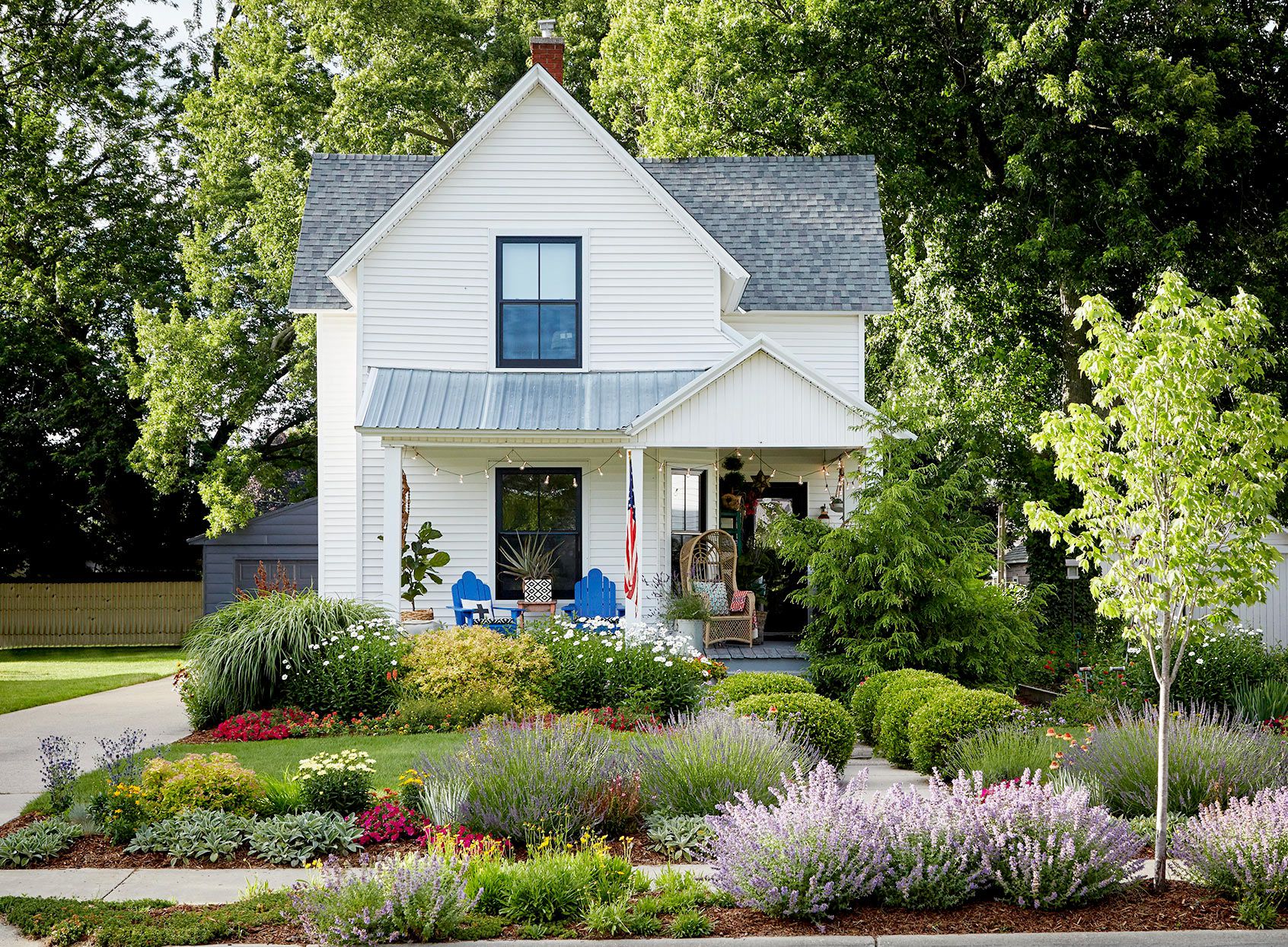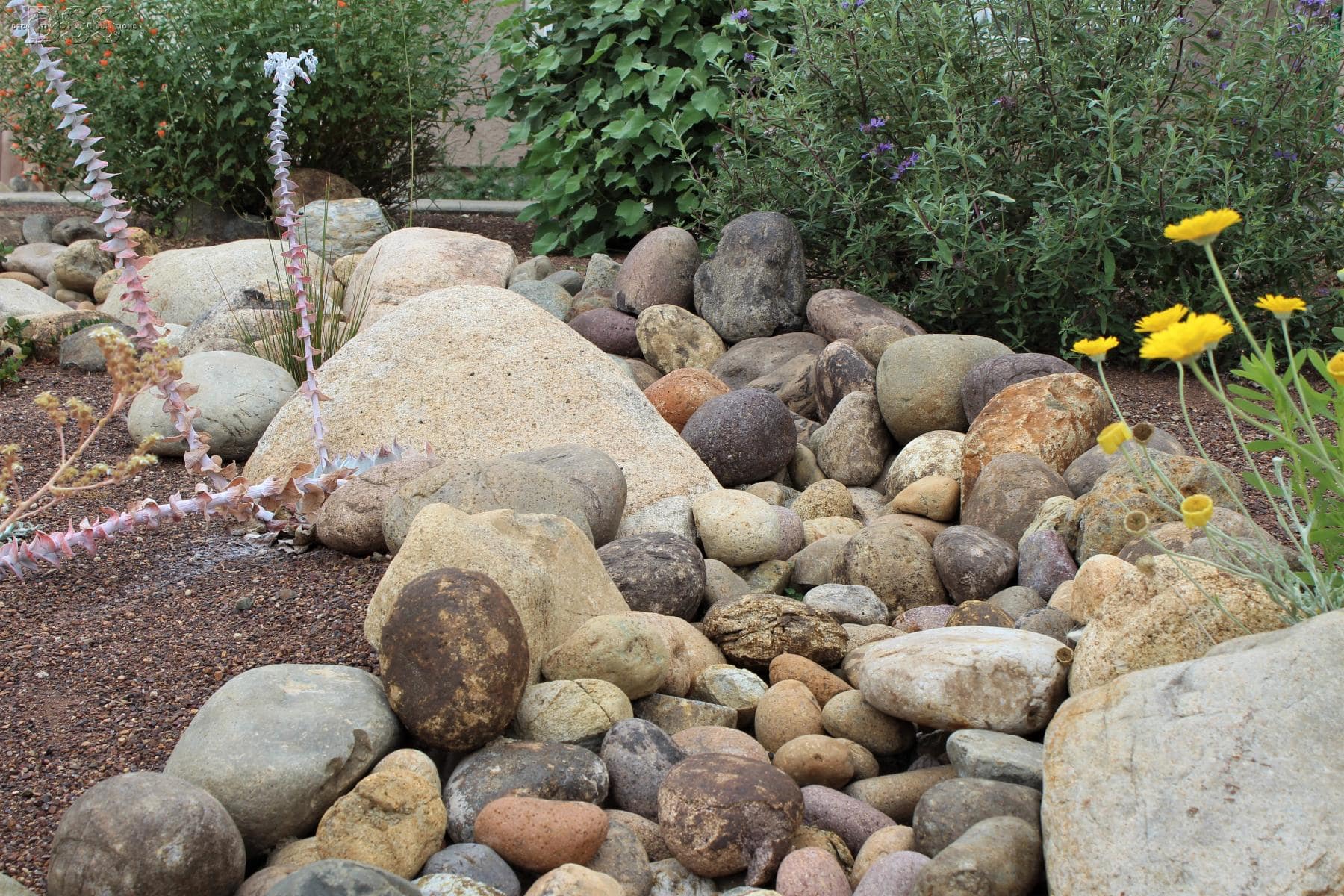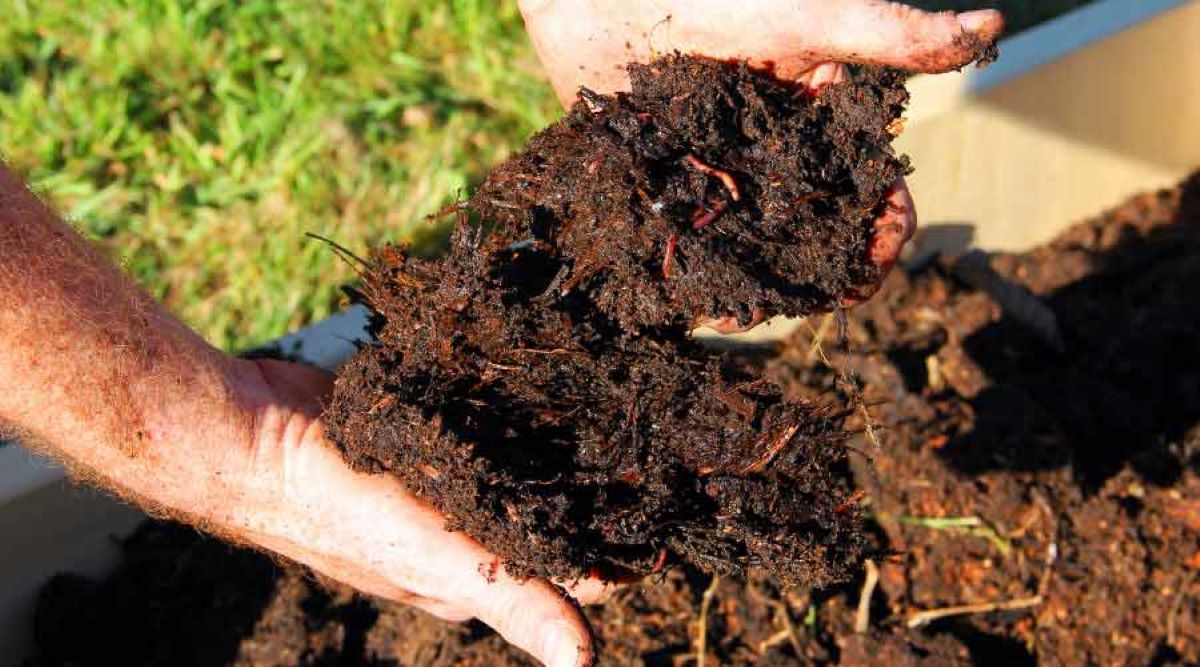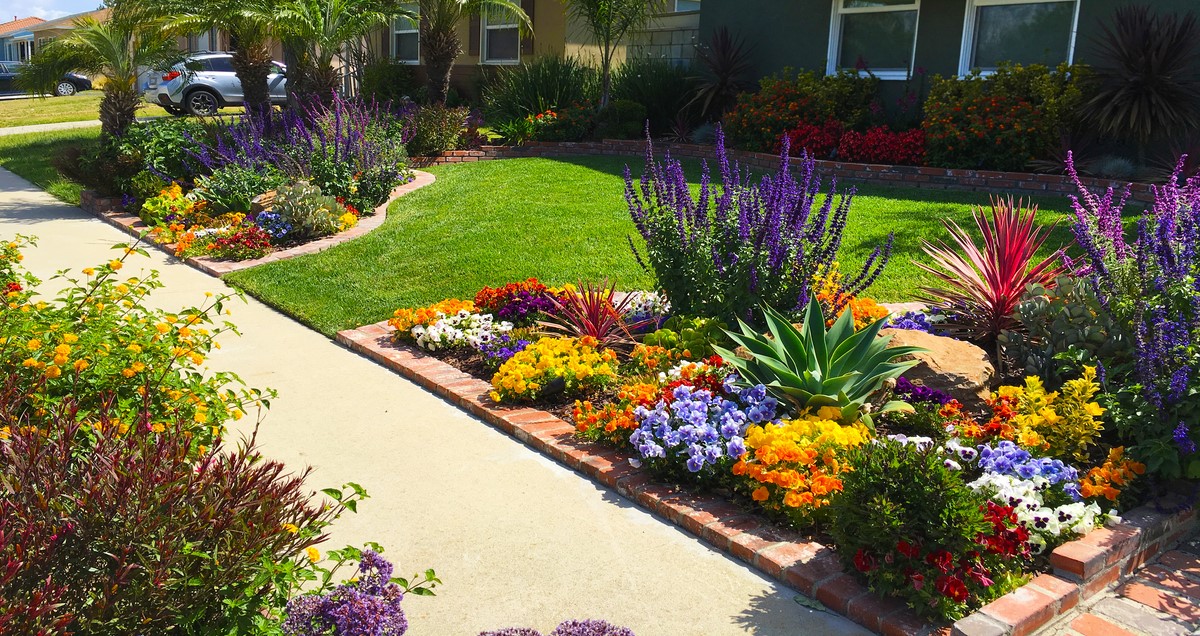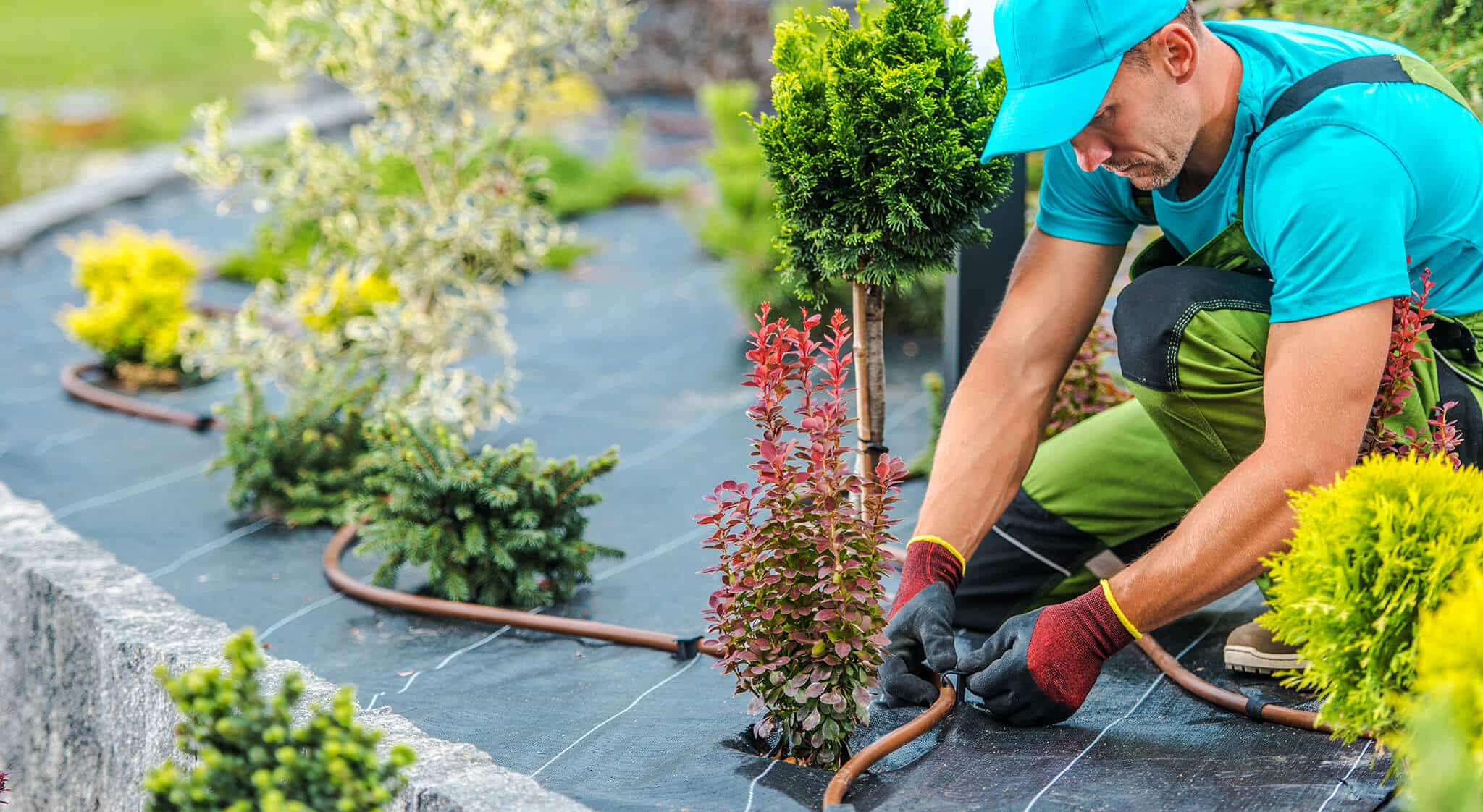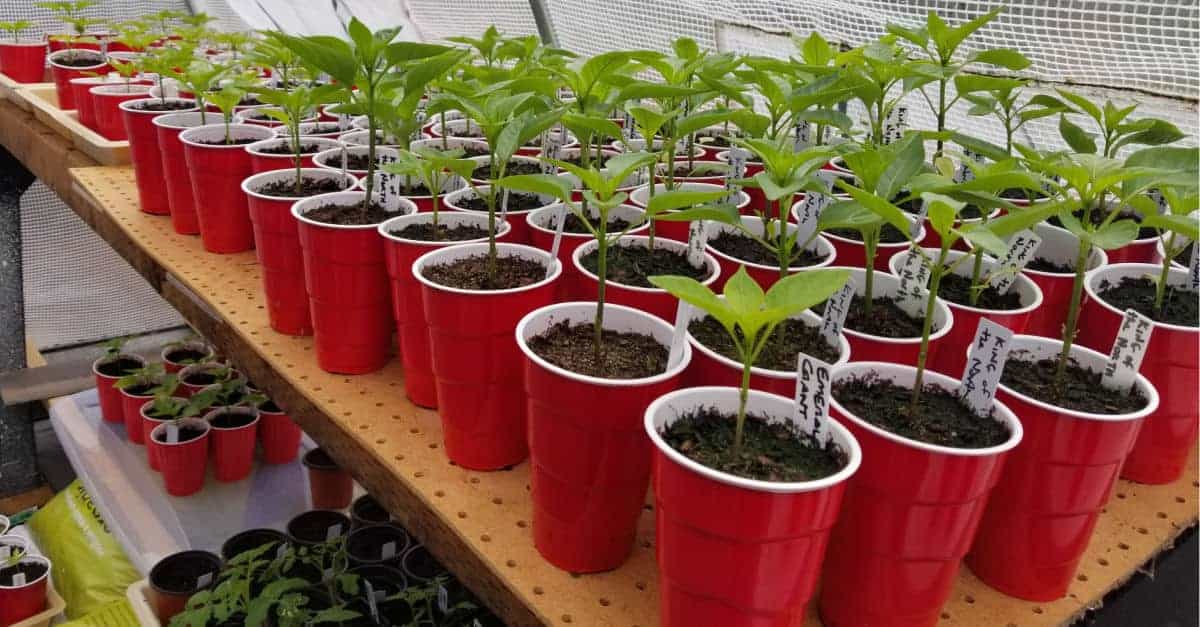Home>Garden Design>Landscape Design>How Much To Spend On Landscaping


Landscape Design
How Much To Spend On Landscaping
Published: August 16, 2023
Looking to transform your outdoor space with professional landscape design? Find out how much to spend on landscaping for the best results.
(Many of the links in this article redirect to a specific reviewed product. Your purchase of these products through affiliate links helps to generate commission for Chicagolandgardening.com, at no extra cost. Learn more)
Table of Contents
Introduction
Welcome to the world of landscape design, where creativity meets nature’s beauty. A well-designed landscape can transform your outdoor space into a personal oasis, offering a sanctuary for relaxation and enjoyment. However, when it comes to landscaping projects, one question that often arises is, “How much should I spend?”
The answer may vary depending on several factors, including the size of your property, desired features, materials used, and the level of complexity of the design. Establishing a budget is a crucial step in the planning process to ensure that your dream landscape becomes a reality without breaking the bank.
In this article, we will delve into various factors to consider when determining your landscaping budget, give you an idea of the average costs of different landscaping projects, and provide you with some budgeting tips to help you make the most out of your investment.
Whether you have a small garden area or a sprawling estate, understanding the financial aspects of landscaping will empower you to make informed decisions and create a stunning outdoor space that suits your needs and preferences.
Factors to Consider Before Determining Your Budget
Before setting a budget for your landscaping project, it’s essential to consider several factors that can influence the overall cost. Taking these factors into account will help you make an accurate estimate and avoid any unexpected expenses along the way.
1. Size of the Area: The size of your outdoor space is a significant determinant of your landscaping budget. Larger areas require more materials, labor, and time to complete. Consider the square footage of your property and factor it into your budget calculations.
2. Desired Features and Complexity: The features you wish to incorporate into your landscape design will greatly impact the cost. Elements such as hardscaping (patios, walkways), water features (ponds, fountains), and outdoor structures (gazebos, pergolas) all add to the overall expenses. Additionally, the complexity of the design, including the incorporation of slopes and uneven terrain, may require additional labor and resources.
3. Quality of Materials: The choice of materials for your landscaping project can vary significantly in terms of cost. High-quality materials, such as natural stone or exotic plants, will have a higher price tag compared to more affordable options. Consider the durability and longevity of materials to ensure a wise investment.
4. Maintenance Requirements: It’s important to consider long-term maintenance costs when establishing your budget. Certain features, such as elaborate garden beds or intricate irrigation systems, may require regular upkeep and additional expenses to keep them in pristine condition.
5. Regional Factors: The geographical location of your property can also affect your landscaping budget. Factors such as the availability and cost of materials, local labor rates, and climate conditions (which may require specific plants or irrigation systems) should be taken into consideration.
6. Professional Help: Depending on your level of expertise and time availability, you might need to enlist the help of professionals for certain aspects of your landscaping project. Consulting with a landscape architect or hiring a contractor can add to the overall budget but can also ensure a higher quality and more efficient outcome.
By carefully considering these factors, you can develop a realistic budget that aligns with your vision and ensures a successful landscaping project without any financial surprises along the way.
Average Cost of Landscaping Projects
Landscaping projects can vary widely in terms of cost depending on the scope and complexity of the design. To give you a general idea, here are the average costs of some common landscaping projects:
1. Lawn Installation: Installing a new lawn typically costs between $1,000 and $3,000, depending on factors such as the size of the area, the type of grass, and any additional preparation work required.
2. Garden Design and Planting: Creating a garden with beautiful plantings and flowers can cost anywhere from $500 to $5,000 or more, depending on the size of the garden, the types of plants selected, and any special features or irrigation systems included.
3. Hardscaping: Including features like patios, walkways, and retaining walls can range from $2,000 to $20,000 or more, depending on the materials used, the complexity of the design, and the size of the area being hardscaped.
4. Water Features: Installing a water feature, such as a pond, waterfall, or fountain, typically costs between $3,000 and $10,000, but can go higher depending on the size, complexity, and materials used.
5. Outdoor Structures: Building structures like gazebos, pergolas, or outdoor kitchens can range from $5,000 to $20,000 or more, depending on the size, materials used, and any additional features or accessories included.
6. Lighting: Adding outdoor lighting to your landscape can cost between $500 and $5,000, depending on the number of lights, the complexity of the design, and any additional electrical work required.
It’s important to note that these are average costs and can vary based on the factors mentioned earlier. Additionally, labor and material costs may differ depending on your location.
By understanding the average costs of different landscaping projects, you can better gauge the feasibility of your budget and make adjustments accordingly.
Landscaping Budgeting Tips
Creating a budget for your landscaping project is crucial to ensure you stay on track and avoid overspending. Here are some tips to help you budget effectively and make the most of your investment:
1. Define Your Priorities: Determine what aspects of your landscape design are most important to you. Identify must-haves and nice-to-haves, and allocate your budget accordingly. This will help you focus your resources on the features that matter most to you.
2. Research Prices: Take the time to research the average costs of materials and labor in your area. Get multiple quotes from different suppliers and contractors to compare prices and ensure you are getting the best deal without compromising quality.
3. Plan for Phases: If your landscaping project is extensive, consider breaking it down into phases. This allows you to spread out the costs over time and tackle one area or feature at a time. It also gives you the flexibility to adjust your plans and budget as needed.
4. DIY vs. Hiring Professionals: Assess your skills and the complexity of the project to determine if certain aspects can be done as DIY or if they require professional help. While DIY can save money, it’s important to be realistic about your abilities and consider the long-term quality and maintenance implications of the work.
5. Consider Longevity: When choosing materials and plants, think about their lifespan and maintenance requirements. Opting for more durable and low-maintenance options may have higher upfront costs but can save you money in the long run by reducing the need for replacements and regular upkeep.
6. Invest in Quality: While budget constraints are important to consider, it’s essential not to compromise on quality. Investing in high-quality materials and skilled professionals ensures a longer-lasting and visually appealing landscape that will bring you joy for years to come.
7. Regular Maintenance: Allocate a portion of your budget for regular landscape maintenance. Proper care and upkeep of your outdoor space will help preserve its beauty and prevent costly repairs down the line.
8. Flexibility: Be prepared for unexpected expenses or changes in the plan. Set aside a contingency fund to account for any unforeseen circumstances that may arise during the project.
By following these budgeting tips, you can create a well-planned and balanced budget that allows you to achieve your landscaping goals without breaking the bank.
Conclusion
Creating a beautiful and inviting outdoor space through landscaping is an exciting endeavor. By understanding the factors that influence your budget, considering the average costs of different landscaping projects, and implementing budgeting tips, you can navigate the process with confidence and make the most out of your investment.
Remember to carefully assess the size of the area, the complexity of the design, and the desired features before determining your budget. Research and compare prices for materials and labor, and be willing to make adjustments or prioritize certain elements to fit within your financial scope.
Breaking down your landscaping project into phases, considering DIY options, and investing in quality materials will allow you to create a truly stunning outdoor space that will stand the test of time. Planning for regular maintenance and setting aside a contingency fund will help you address any unexpected expenses that may arise.
Whether you’re starting from scratch or revamping an existing landscape, taking the time to plan and budget effectively will ensure a successful project that brings you joy for years to come.
So, go ahead and embark on your landscaping journey. With careful planning and budgeting, you can create a personalized outdoor haven that reflects your style and enhances your enjoyment of your outdoor space.


